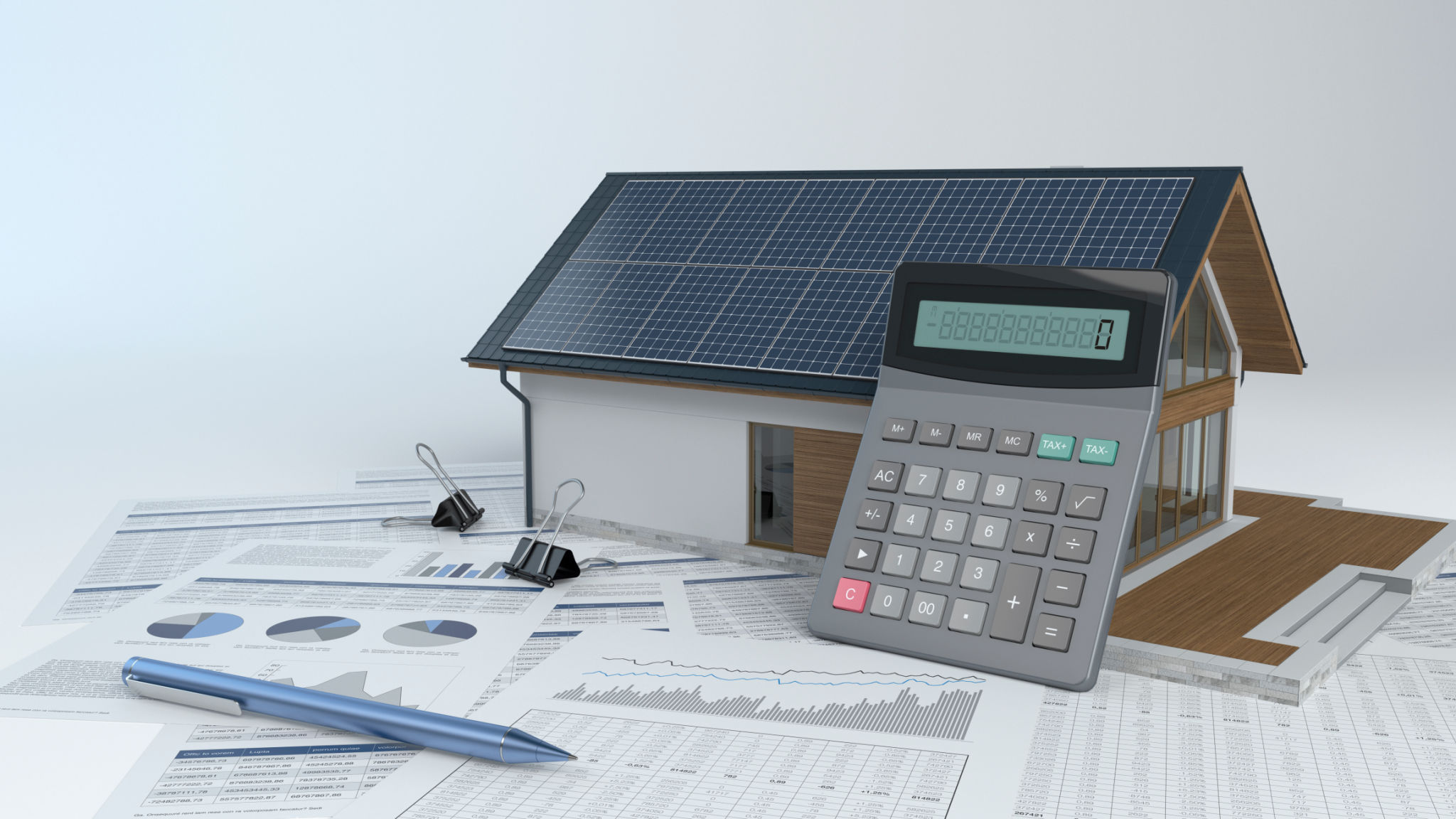A Homeowner's Guide to Installing Solar Panels in San Diego County
Why Choose Solar Panels?
Installing solar panels is an excellent way to harness the abundant sunlight in San Diego County, significantly reducing your energy bills and carbon footprint. With over 260 sunny days per year, San Diego is one of the best places in the United States to invest in solar energy. Homeowners can take advantage of local incentives, federal tax credits, and net metering policies to maximize their savings.
Solar panels not only help the environment but also increase the value of your home. With the rising demand for renewable energy solutions, homes equipped with solar power systems are likely to attract more buyers and offer a higher resale value.

Assessing Your Home’s Suitability
Before installing solar panels, it's crucial to assess whether your home is suitable for solar energy. Factors such as roof condition, orientation, and shading can affect the efficiency of your solar system. Ideally, your roof should have a south or west-facing orientation to capture maximum sunlight throughout the day.
Consider hiring a professional to conduct a comprehensive site assessment. They will evaluate the condition of your roof, measure its surface area, and identify any potential shading issues caused by nearby trees or buildings. This assessment will help determine the optimal size and placement of your solar panels.
Understanding Solar Panel Options
There are several types of solar panels available, each with its own set of advantages. The most common types include monocrystalline, polycrystalline, and thin-film panels. Monocrystalline panels are known for their high efficiency and sleek appearance, while polycrystalline panels offer a more cost-effective solution. Thin-film panels are lightweight and flexible, making them ideal for certain applications.

It's important to choose a panel type that suits your budget and energy needs. Consulting with a solar energy expert can provide valuable insights into which type of panel will work best for your home.
Navigating Permits and Regulations
San Diego County has specific regulations and permit requirements for solar panel installations. Navigating this process can be daunting, but many solar installers offer services to handle these details for you. They will ensure that all necessary permits are obtained and that your installation complies with local building codes.
Before proceeding with the installation, check with your homeowners association (HOA) as well, if applicable. Some HOAs have guidelines regarding the placement and appearance of solar panels that you must adhere to.

Choosing the Right Installer
Selecting a reputable solar installer is crucial to ensuring a smooth installation process and long-term system performance. Look for installers with extensive experience, proper certification, and strong customer reviews. It's advisable to obtain multiple quotes and compare them to find the best value for your investment.
Ask potential installers about their warranties, maintenance services, and financing options. A reliable installer will provide comprehensive support from initial consultation through post-installation maintenance.
Financing Your Solar Panel Installation
The cost of solar panel installation can be significant, but there are various financing options available to make it more affordable. Homeowners can choose from cash purchases, solar loans, power purchase agreements (PPAs), or leasing options. Each option has its advantages and should be considered based on your financial situation and long-term goals.
- Cash Purchase: Offers the highest return on investment with full ownership.
- Solar Loan: Allows you to pay over time while still owning the system.
- PPA: Pay for the power generated by the system without owning it.
- Lease: Lower upfront cost but less financial benefit compared to ownership.

Maximizing Energy Savings
Once your solar panels are installed, there are additional steps you can take to maximize energy savings. Implementing energy-efficient practices at home can further reduce your reliance on grid electricity. Consider upgrading insulation, using energy-efficient appliances, and adopting smart home technologies to optimize energy use.
Regular monitoring and maintenance of your solar system ensure it operates at peak efficiency. Many systems come with monitoring apps that allow you to track energy production and consumption in real-time.
By following these guidelines, homeowners in San Diego County can successfully install solar panels and enjoy the numerous benefits they offer. Transitioning to renewable energy not only helps the environment but also provides significant financial savings in the long run.
